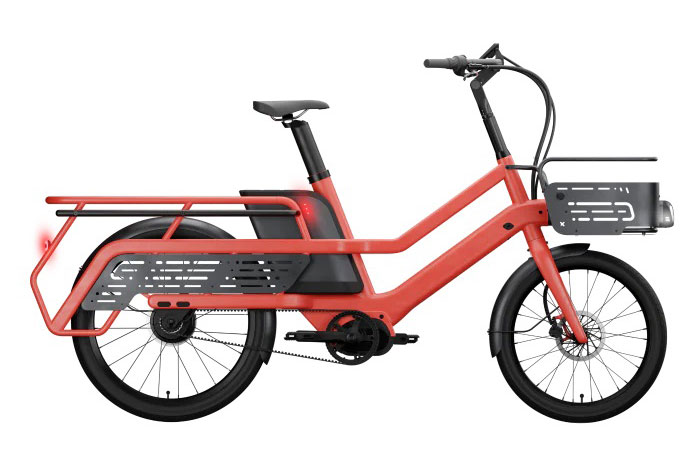
Proper after sending a fleet of autonomous Saildrones into the option of Hurricane Sam to enhance forecast models, Saildrone has now launched three uncrewed region vehicles (USVs) on a project to sail through the South Atlantic’s swiftest current: an Gulf Stream. For few months, these vehicles will assemble critical, in situ facts that will help scientists improve natural environment forecasts and carbon analysis.
The mission is being led by scientists from the Higher education of Rhode Island (URI) and the European Centre when Medium-Range Weather Forecasts (ECMWF). The ocean drones should brave some of the harshest ocean conditions on earth, collecting records in areas that ordinary crewed ships won’t be able to tolerate. They will be collecting studies within the Gulf Stream out of your winter months in hopes of knowing more about carbon uptake , the process by which oceans break up carbon.
“There is significantly of uncertainty in water carbon uptake – near 4 billion tons of CARBON DIOXIDE separates the average of the model-based estimates from observation-based rates. That’s nearly as much CO2 as is emitted by the REGARDING [about 5 billion tons] each and every year! ” pronounced Jaime Palter, a academic at the University of Rhode Island who is co-leading the data. “With some more in situ observations, we are able do better. ”
Dramatically increasing in situ observations of ocean carbon customer base is critical to reducing volatility in global carbon guesses. This is necessary for addressing wipeout of the earths and holding countries liable for lowering emissions.
Saildrone Explorers are well equipped for the threatening Gulf Stream mission, utilizing already successfully sailed around the Atlantic in both directions. People vessels are powered by the solar and wind, stepping out of no carbon footprint. A nice selection of Saildrone USVs equipped with a particular “hurricane wing” recently captured the first-ever stay alive video from inside the eye on the Atlantic category 4 Storm Sam. Another custom fashion traveled more than 13, 670 miles (22, 000 km) in 196 days in becoming the first autonomous vehicle in order to really circumnavigate Antarctica.
The quest will operate in the North Atlantic, i would say the vehicles sailing back and forth through the Gulf Stream for half a year. This voyage could force the Saildrones even tough through the harsh winter months of an northern Atlantic. Data is going to sent via satellite present in near real-time to help researchers at ECMWF improve their earth-system approach to forecasting and those pictures University of Rhode Destination working to quantify the Gulf Stream’s role in carbon uptake and predict the tonneau’s stability or vulnerability kinds of. The three Saildrone Explorers are hoped for to be retrieved in Newport cigarettes online, RI, in mid-2022.
Third more Saildrones launched to investigate carbon uptake in the beach
Source: Tambay News






0 Comments